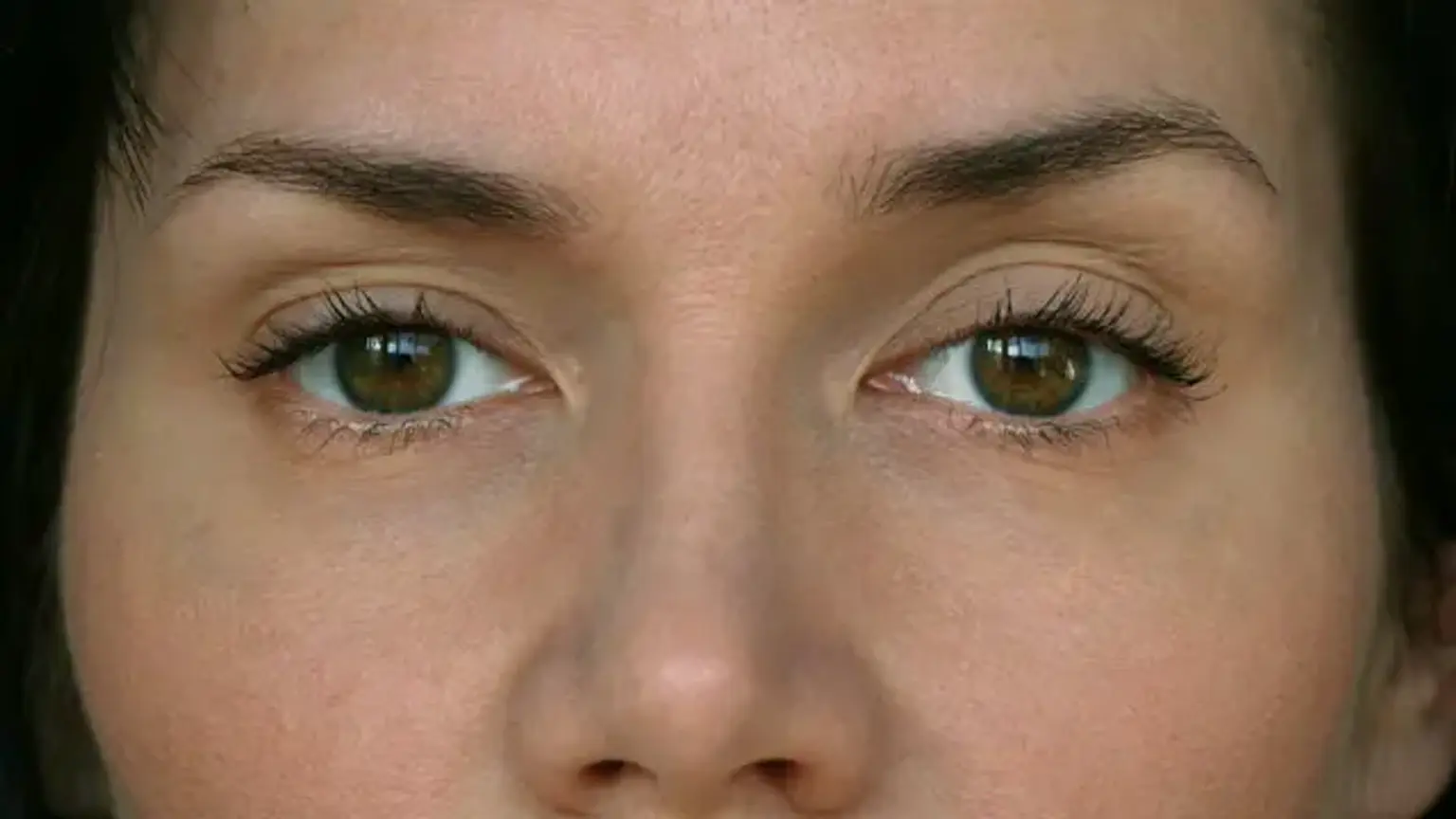Eyelid Retraction
In ophthalmology, eyelid retraction is a common occurrence. Its diagnosis and treatment necessitate a systematic approach that begins with a thorough medical history. It's critical for the doctor to be aware of any conditions that could make the retraction worse. A thorough medical history and physical examination will aid the physician in avoiding misdiagnosis and surgical intervention that is unnecessary.
Epidemiology
It is thought that circulating T lymphocytes in Graves’ disease patients are directed against cross-reactive antigens in the orbit. These activated T cells and macrophages produce cytokines, which trigger the autoimmune response that leads to pathology. 90% of people with Graves’ disease will experience eyelid retraction at some time throughout their treatment. 91% of people diagnosed have hyperthyroidism, 1% have hypothyroidism, 3% have Hashimoto thyroiditis, and 5% have euthyroidism. A thorough medical examination by an endocrinologist is essential.
